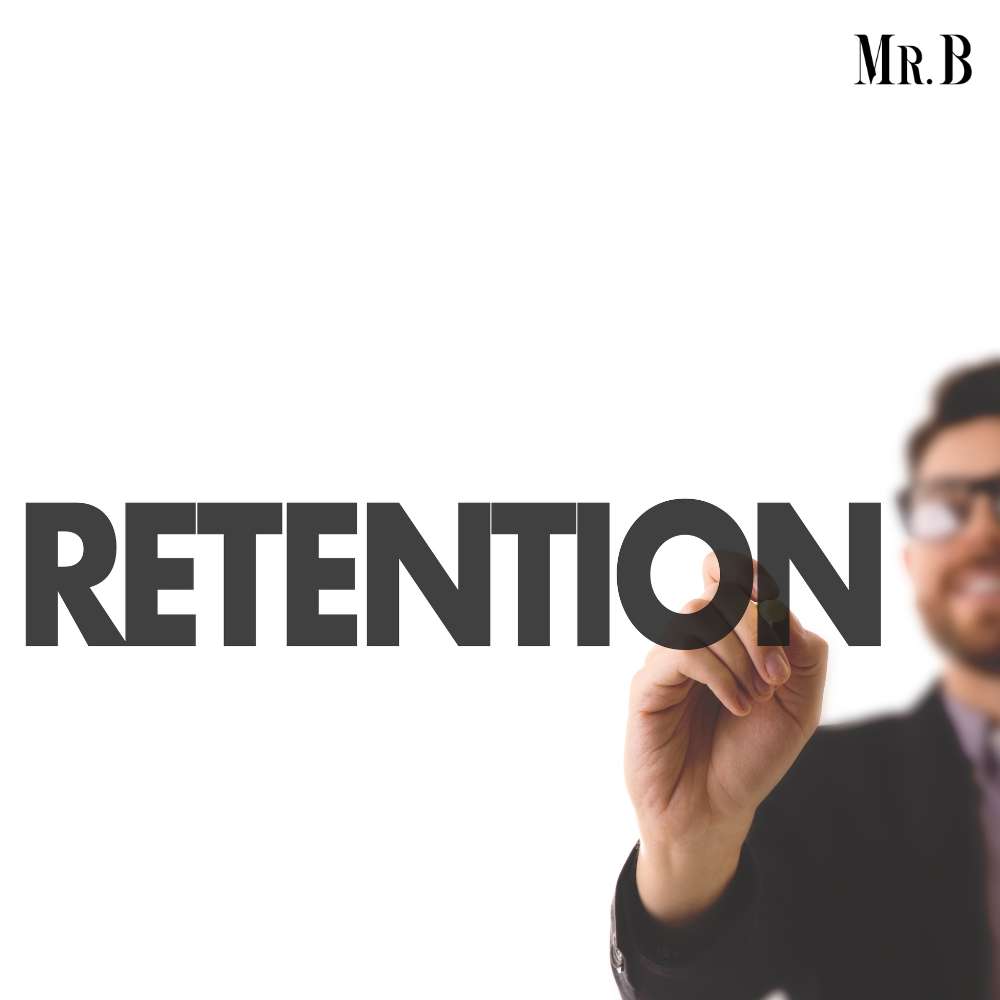Often business organizations struggle with aligning a strategic human resource management. Strategic Human Resource Management is not merely a set of practices; it’s a dynamic philosophy that intertwines human capital with the overarching objectives of the organization. In this intricate dance, the strategic HR professional becomes a catalyst for change, guiding the workforce toward alignment with organizational goals, fostering a culture of innovation, and ensuring that the human element is not just a part of the strategy but its driving force.
The Significance of Strategic Human Resource Management:
1. Aligning HR with Organizational Goals:
At the heart of strategic human resource management is the alignment of HR practices with the strategic objectives of the organization. This ensures that every facet of HR—from recruitment to training and development—is geared towards supporting and advancing the overarching goals of the business.
2. Enhancing Organizational Performance:
SHRM is a catalyst for organizational performance improvement. By strategically managing human resources, businesses can optimize workforce productivity, cultivate a positive work culture, and foster innovation—all critical elements in achieving and sustaining high levels of organizational performance.
3. Adapting to Dynamic Business Environments:
In the ever-evolving business landscape, adaptability is key. Strategic human resource management equips organizations with the flexibility to navigate change. Whether it’s technological advancements, market shifts, or global disruptions, a strategic HR approach ensures that the workforce remains agile and capable of meeting new challenges.
4. Driving Employee Engagement and Satisfaction:
SHRM places a premium on employee engagement and satisfaction. By recognizing and addressing the needs of employees, organizations can create a motivated and committed workforce. This, in turn, leads to increased productivity, reduced turnover, and a positive organizational culture.

Setting Up a Strategic Human Resource Management System:
1. Conduct a Comprehensive HR Audit:
Begin by conducting a thorough assessment of current HR practices, policies, and procedures. Identify strengths, weaknesses, and areas for improvement. This audit provides a foundational understanding of the existing HR landscape.
2. Define Organizational Objectives:
Clearly articulate the long-term goals and objectives of the organization. These goals will serve as the guiding principles for developing HR strategies that directly contribute to the achievement of these objectives.
3. Align HR Strategies with Business Goals:
Develop HR strategies that directly align with the organizational goals defined in the previous step. This involves mapping out recruitment plans, performance management systems, and employee development initiatives that support the overarching business strategy.
4. Invest in Employee Development:
Prioritize employee development programs that enhance skills, foster continuous learning, and align with the organization’s growth trajectory. This not only benefits individual employees but also contributes to the overall competitiveness of the organization.
5. Establish Key Performance Indicators (KPIs):
Define measurable KPIs to track the effectiveness of HR strategies. Whether it’s employee satisfaction scores, turnover rates, or productivity metrics, having quantifiable indicators allows organizations to assess the impact of their strategic HR initiatives.

Maintaining Employee Retention: Strategies That Work:
1. Competitive Compensation and Benefits:
Offer competitive compensation packages and comprehensive benefits. This not only attracts top talent but also incentivizes current employees to stay with the organization.
2. Career Development Opportunities:
Implement career development programs that provide employees with a clear path for growth within the organization. This could include mentorship programs, training initiatives, and opportunities for advancement.
3. Positive Work Culture:
Foster a positive and inclusive work culture. Employees are more likely to stay with an organization where they feel valued, supported, and connected to a larger purpose.
4. Recognition and Rewards:
Implement a robust system for recognizing and rewarding employee contributions. Acknowledging and appreciating employees’ efforts goes a long way in boosting morale and retention.
5. Flexible Work Arrangements:
Embrace flexibility in work arrangements, especially in the wake of the rise of remote work. Offering options such as flexible schedules or remote work opportunities can significantly contribute to employee satisfaction and retention.
Characteristics of Strategic Human Resource Management:
1. Forward-Thinking:
Strategic human resource management is inherently forward-thinking, anticipating future challenges and opportunities. It involves proactive planning to ensure the organization is well-equipped to navigate evolving landscapes.

2. Integrative Approach:
It takes an integrative approach, weaving HR strategies seamlessly into the fabric of overall business strategy. The synergy between HR and organizational objectives is a hallmark of strategic human resource management.
3. Data-Driven Decision Making:
SHRM relies on data analytics to inform decision-making. From workforce planning to performance evaluations, data-driven insights guide the formulation and execution of HR strategies.
4. Emphasis on Employee Development:
Employee development is a central tenet of strategic human resource management. It recognizes that investing in the growth and skills enhancement of employees is a strategic imperative for organizational success.
5. Continuous Evaluation and Adaptation:
SHRM involves a continuous process of evaluation and adaptation. It acknowledges that both internal and external factors are in a constant state of flux, requiring HR strategies to evolve in tandem.
Conclusion:
In the intricate dance of organizational success, strategic human resource management emerges as the choreographer, orchestrating the alignment between human capital and business objectives. From its forward-thinking nature to its emphasis on data-driven decision-making and employee development, SHRM is not just a strategy; it’s a philosophy that propels organizations toward sustainable success. By understanding the significance of SHRM, setting up strategic HR systems, and implementing effective employee retention strategies, businesses can embark on a transformative journey where human resources become the driving force behind excellence.







